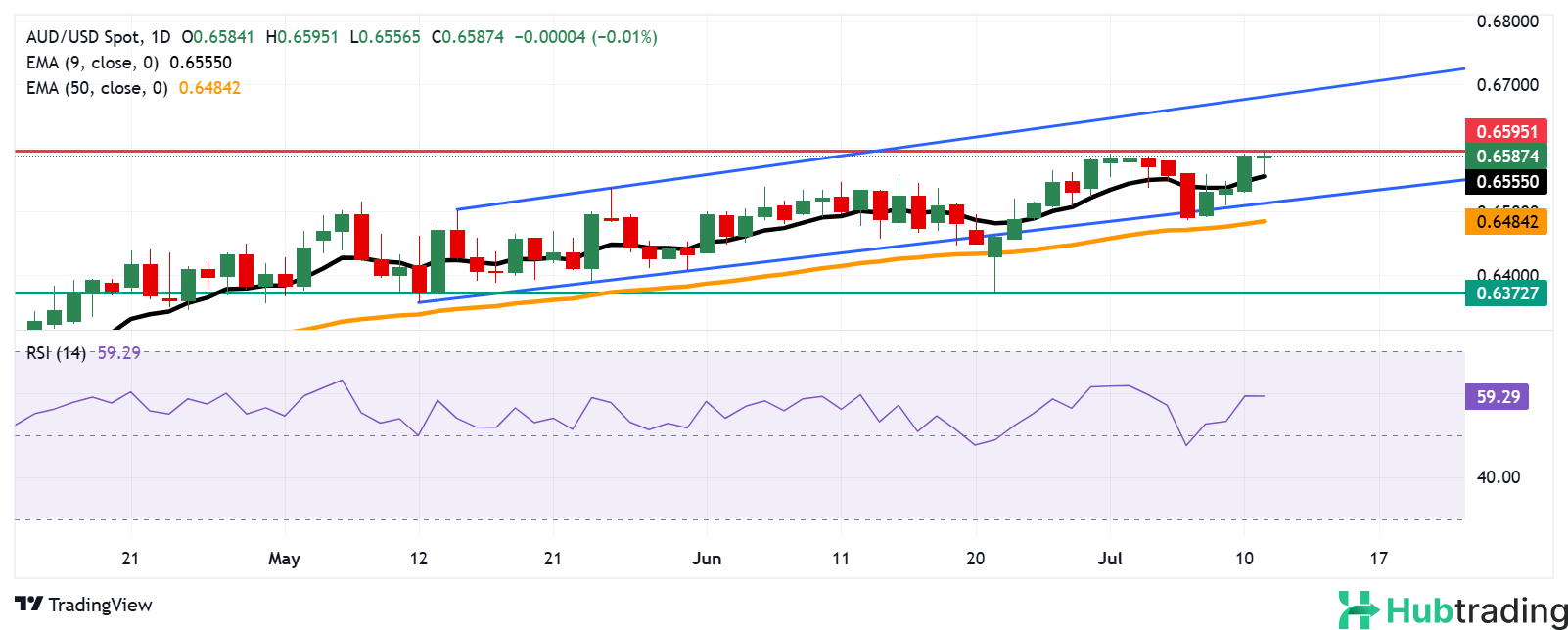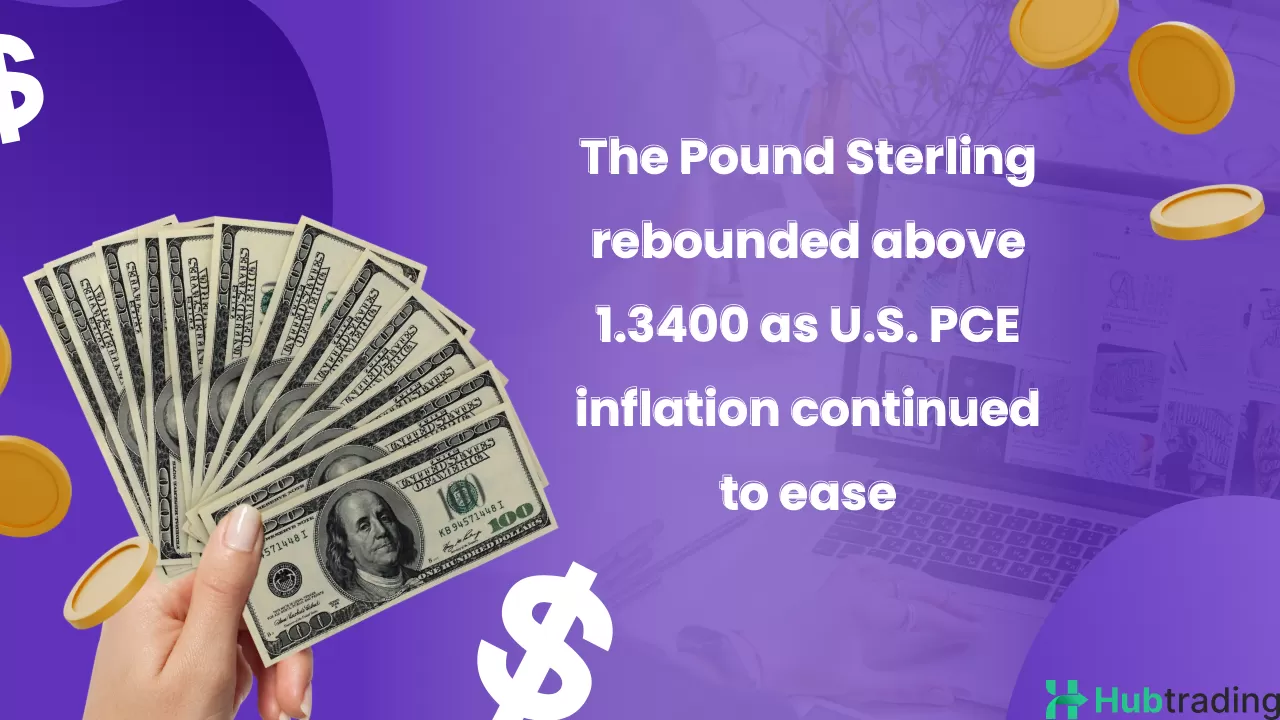-
The Australian Dollar weakens as the US Dollar climbs for a second consecutive session.
-
RBA Governor Bullock cautions that high unit labor costs and sluggish productivity may push inflation beyond current projections.
-
Trump unveils a 35% tariff on imports from Canada.
The Australian Dollar (AUD) declined against the US Dollar (USD) on Friday, ending its three-day winning streak. The AUD/USD pair faced renewed headwinds following fresh tariff announcements from former President Donald Trump. On Thursday, Trump revealed a 35% tariff on Canadian imports, effective August 1, and indicated that similar measures targeting the European Union (EU) would be announced imminently.
The AUD had received a lift earlier this week after the Reserve Bank of Australia (RBA) surprised markets by keeping the Official Cash Rate (OCR) steady at 3.85%. RBA Governor Michele Bullock warned that elevated unit labor costs and sluggish productivity could push inflation above forecasts. Deputy Governor Andrew Hauser echoed concerns, stating that global economic uncertainty persists, and that tariff shocks could have a chilling effect on growth.
US Dollar Rallies on Fed Signals and Trade Developments
- The US Dollar Index (DXY), which tracks the Greenback against a basket of six major currencies, climbed for a second straight session and traded near 97.80. The gains were supported by evolving signals from Federal Reserve (Fed) officials. Chicago Fed President Austan Goolsbee pushed back against calls for rate cuts aimed at reducing government debt costs, emphasizing the Fed's dual mandate on employment and price stability.
- Meanwhile, Trump escalated his aggressive trade stance. Alongside the Canadian tariff, he announced a series of new levies, including a proposed 50% tariff on imported copper and a potential 200% duty on pharmaceutical imports. The White House confirmed an executive order delaying some tariff implementations until August 1. Tariff rates included 25% on imports from Malaysia, Kazakhstan, and Tunisia; 30% on South Africa; 40% on Laos and Myanmar; 32% on Indonesia; 35% on Bangladesh; and 36% on Thailand and Cambodia.
- In a provocative move, Trump also warned that any country aligning with the BRICS alliance would face an additional 10% tariff, with no exceptions.
- China’s June inflation data showed weak momentum, with the Consumer Price Index (CPI) rising only 0.1% YoY and the Producer Price Index (PPI) falling 3.6%, below market expectations. Given China’s position as Australia’s top trading partner, economic softness in Beijing could negatively impact the AUD.
- Additionally, the Financial Times reported that China has been rerouting exports through Southeast Asia to bypass US tariffs. Chinese exports to the US fell 43% in May, while shipments to Southeast Asia and the EU surged. In response, the US has imposed a 40% tariff on transshipped goods via Vietnam to curb circumvention tactics.
- A Reuters poll revealed that 30 analysts expect the RBA to cut rates by 25 basis points to 3.60% in August. Australia’s four major banks—ANZ, CBA, NAB, and Westpac—support the forecast. Treasurer Jim Chalmers acknowledged that the RBA’s recent decision to hold rates was not the outcome many Australians or markets had anticipated, but emphasized the bank’s firm stance on addressing inflation.
Technical Analysis: AUD/USD Trades Near Eight-Month High
The AUD/USD pair hovered around 0.6590 on Friday, after touching a fresh eight-month high of 0.6595. The pair maintains a bullish posture within an ascending channel pattern on the daily chart. The 14-day Relative Strength Index (RSI) remains above the 50 level, and price action is holding above the 9-day Exponential Moving Average (EMA), reinforcing short-term bullish momentum.
A breakout above 0.6595 could propel the pair toward the upper boundary of the channel near 0.6680. On the downside, initial support is seen at the 9-day EMA around 0.6555. A drop below this level may expose the 0.6520 support zone and the 50-day EMA at 0.6484, shifting sentiment to the bearish side.
AUD/USD: Daily Chart






